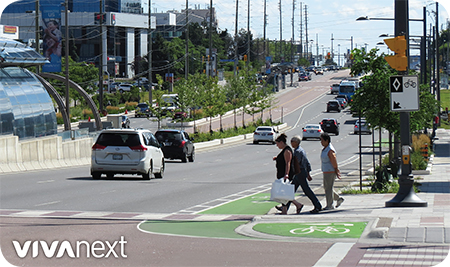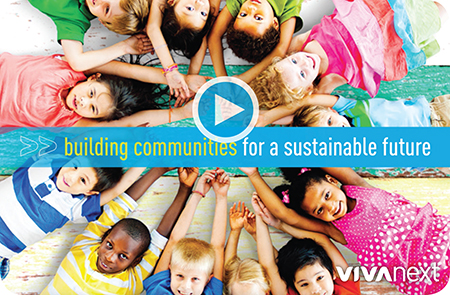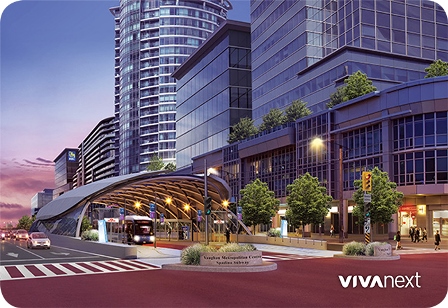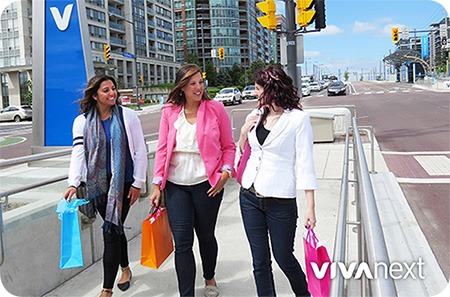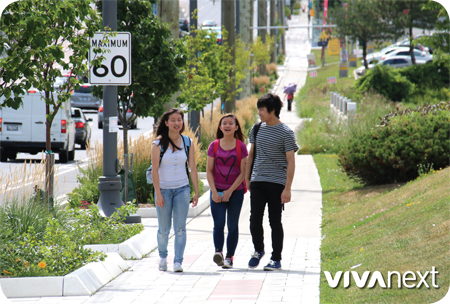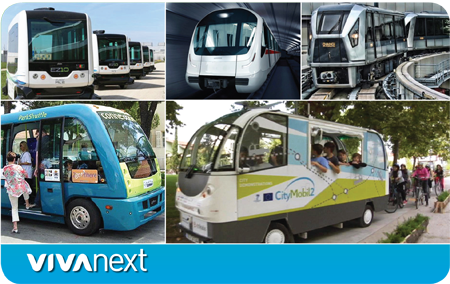Cities around the world are searching for safe, sustainable ways to provide mobility to residents across towns and cities. VivaNext, a leader in rapid transit, has risen to the challenge. We pride ourselves on designing a great transportation system that has social significance and measurable benefits.
VivaNext is proud to support the triple bottom line. This business principle holds that business activities should result in financial, social and environmental benefits. The benefits of rapidways are easy to see. For example, the dedicated bus lanes not only allow for fast, convenient service across the region, but they also help facilitate a safer road for drivers, pedestrians and cyclists alike. In addition, emergency service vehicles are able to access the rapidways and cross the median at designated intervals, which improves their response time and bypasses congestion.
What may not be immediately visible, however, are some of the positive economic and environmental impacts rapidways create for communities.
economic development & impact
- Well thought-out and well-designed transit attracts sustainable, mixed-use development, including new businesses, jobs and a variety of housing options
- Easy access to transit creates a more desirable mixed-use neighbourhood, and allows for money to be reinvested into the community (through businesses or reinvesting in local infrastructure)
- Based on other rapid transit projects across North America, property values increase for land within walking distance to transit stations
- As the Region’s urban transit corridors evolve and attract new retail and restaurants, other new employers wanting to be near transit will follow, continuing to support future economic and social growth
environmental responsibility
- Every busload replaces approximately 70 vehicles on the road, which means a reduced carbon footprint
- Rapid transit systems create a safer, more accessible and walkable city
With so many positive benefits of rapid transit, it’s no wonder York Region is a leader in transforming our communities by providing safe, convenient rapid transit. Join us and be moved.


